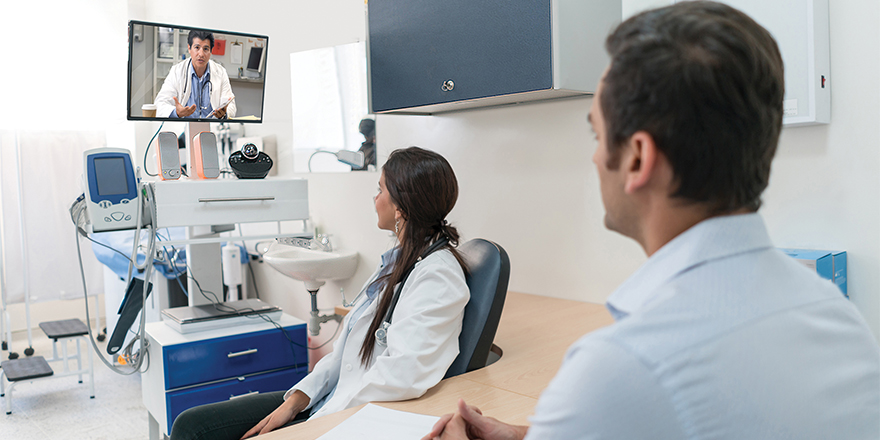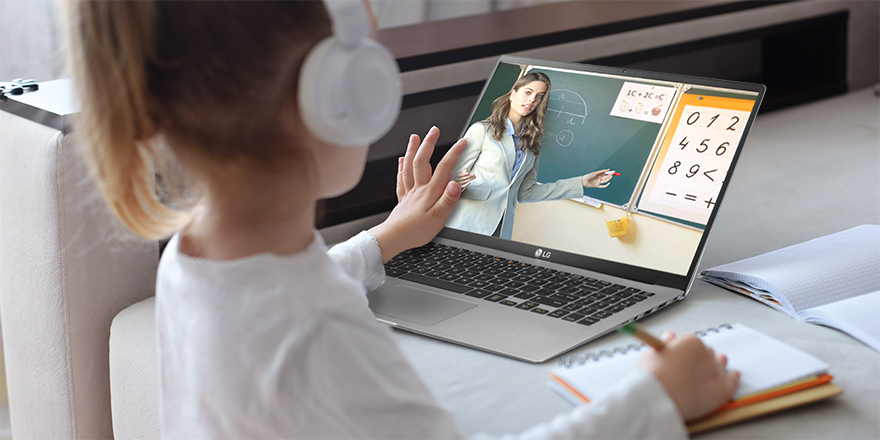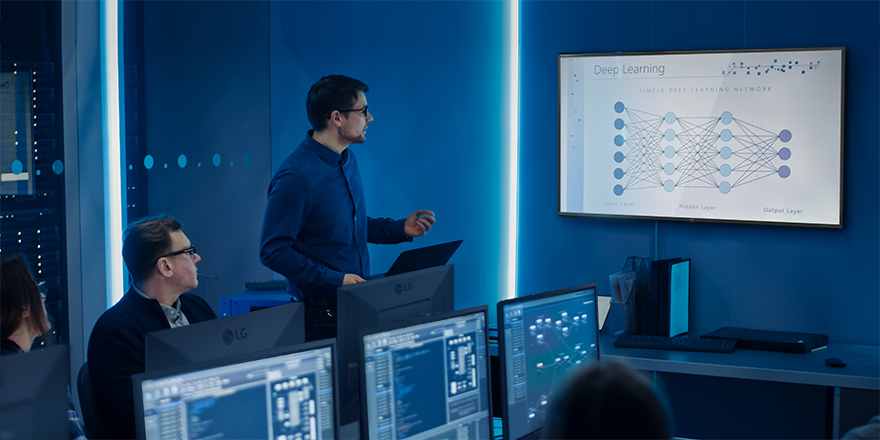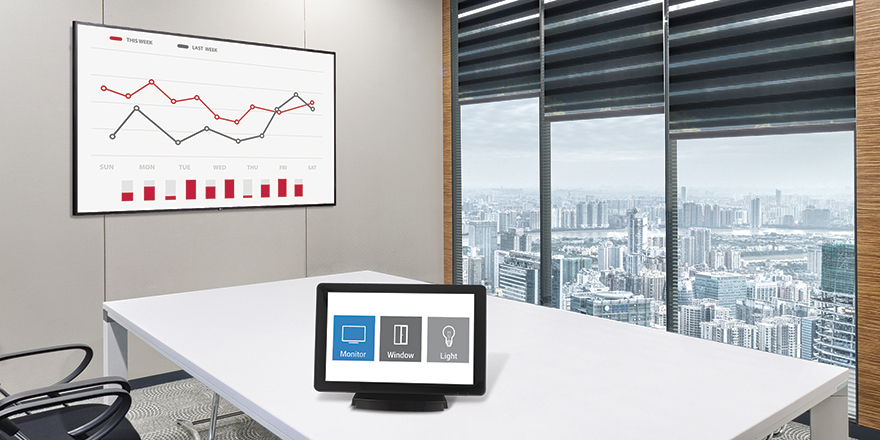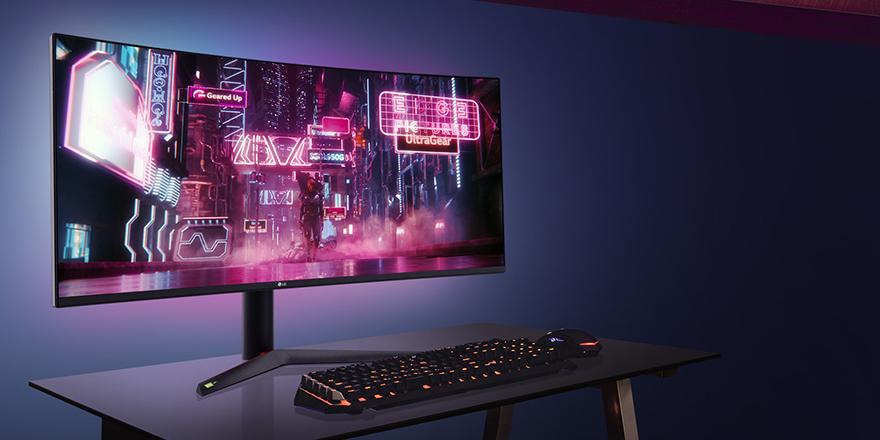
Esports is seeing a continual rise in popularity not just with the partnership of Vindex and IMAX®, but in colleges and high schools as well as public esports arenas and facilities, and this is driving and growing the gaming monitor business. New business models such as subscription services, an abundance of video games, and increasingly sophisticated PCs are driving the market, too.
To take advantage of the computing prowess of today’s high-performing PCs for demanding games, gamers are expected to purchase newer displays. In fact, in December 2019, the International Data Corporation (IDC) Global Gaming Industry Forecast expected the gaming monitor market to grow to 12.2 million units in 2023 with a compound annual growth rate (CAGR) of 11.8%.1 That makes gaming monitors a very robust category.
What’s more, the National Association of Collegiate Esports states that more than 170 U.S. member schools have esports varsity programs and are offering around $16 million per year in esports scholarships and aid.2 Through esports, students can learn digital citizenship, team building, leadership and life skills aligned with academic areas.3
Accordingly, LG has leveraged its extensive expertise with In-Plane Switching (IPS) display screen technology to design four UltraGear™ Gaming Monitors aimed at providing an immersive, precise and responsive experience for serious gamers. These 2020 models cover the 27-, 34-, and 38-inch class and include an array of high-performance features and LG technologies geared for the win.
Advanced Imaging Features
LG is renowned for IPS screen technology, which is ideal for gaming. IPS delivers great color rendition, and very wide horizontal and vertical viewing angles without distorting colors. New to the LG monitor scene is Nano IPS™ technology, which is created by applying nano-sized particles to the LED backlights that provide the lighting. The nano particles absorb unnecessary or excess light wavelengths, resulting in even richer contrast and color expression than standard IPS.
LG UltraGear monitors are compatible with NVIDIA® G-SYNC™ technology, which synchronizes the monitor’s refresh rate to the computer’s graphics card (GeForce GTX-powered PCs), and delivers an amazing experience with virtually no tearing, stuttering, or input lag. Another important compatibility is with AMD FreeSync Premium, which synchronizes the monitor’s refresh rate to the graphics card with AMD-powered PCs, and equips gamers with a fluid, virtually tear-free gameplay experience at peak performance with at least 120Hz refresh rate at minimum FHD resolution.
Another key feature is 1 millisecond (ms) response time on IPS. LG’s new IPS gaming monitors have mastered 1ms Gray-to-Gray (GTG) response time, providing ultra-fast response with all the benefits of IPS.
Refresh rate is a very important function that the human eye doesn’t notice in non-gaming apps when numbers rise much above 60 Hz, but a high refresh rate can keep intensive game experiences smooth and virtually free from screen lag. LG’s 2020 lineup of UltraGear gaming monitors features refresh rates starting at 144 Hz (some can be overclocked to 160 Hz) up to a blistering 240 Hz depending on the model.
In addition to synchronization, response times and refresh rates, High Dynamic Range (HDR) color performance has also improved in LG’s newest gaming monitors. Reaching beyond simple HDR10 performance, multiple LG gaming models feature VESA DisplayHDR™ 6004 which provides 10-bit image processing and a visible increase in color gamut compared to the already improved DisplayHDR™ 400 standard.
Key Gaming Features
LG Dynamic Action Sync® minimizes input lag so nearly every moment is clear.
LG Black Stabilizer® adds resolution and clarity in the shadow areas, revealing enhanced detail in the dark scenes to give gamers a competitive edge.
LG Crosshair® is situated in the center of the display and helps enhance accuracy in first-person shooter games.
LG Sphere Lighting 2.0 creates an ambience in the room via soft, indirect lighting from the rear of the monitor, which illuminates according to the dynamic sounds or visuals in the game.
On-Screen Control places a host of essential monitor settings into a handy window for quick, easy access. Volume, brightness, picture mode presets, Screen Split 2.0 and Dual Controller can now be adjusted with just a few clicks of the mouse.
The 2020 LG UltraGear Team at a Glance:
27-inch (27GN95B-B) – 4K gaming perfection for serious players. The “hot rod” of gaming monitors. UHD 4K Nano IPS with DisplayHDR 600, 1ms response time, 144Hz refresh rate, NVDIA G-Sync compatibility
27-inch (27GN75B-B) – Ideal for outfitting a gaming lab or team. A great value with IPS 1ms response time for crisp visuals and sharp clarity, NVDIA G-Sync compatibility, 240Hz refresh rate
34-inch (34GN85B-B) – Curved Gaming Nano IPS 1ms, UltraWide QHD (3440×1440), 144Hz with 160Hz Overclock, DisplayHDR 400, NVDIA G-Sync compatibility
38-inch Curved (38GN95B-B) – The gamer’s dream. Curved Nano IPS 1ms, QHD+ (3840×1600), 144Hz with 175Hz Overclock, DisplayHDR 600, NVDIA G-Sync compatibility
Looking to build an esports curriculum? One of the benefits that LG can provide to its partners is a consultative approach that can help with building curriculum at schools. LG can put you in contact with platform organizations that are organizing large tournaments and maintaining continuity with everything.
1. https://www.idc.com/getdoc.jsp?containerId=prUS45761419
2. https://nacesports.org/about/
3. https://www.nasef.org/news/blog/why-should-educators-embrace-esports/
4. Models 27GN95B-B, 38GN95B-B
